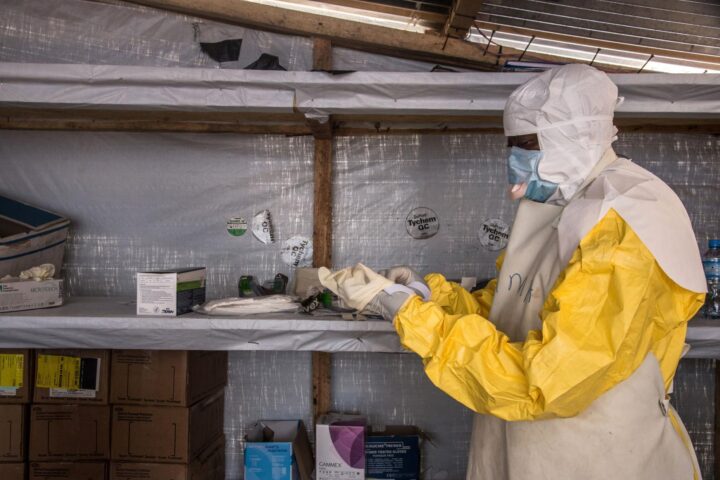Trends
Things to know about Marburg disease- Causes, Symptoms and Treatment
Marburg virus disease is a highly virulent disease that causes haemorrhagic fever, with a fatality ratio of up to 88%. It is in the same family as the virus that causes Ebola virus disease.

Marburg virus disease is a highly virulent disease that causes haemorrhagic fever, with a fatality ratio of up to 88%. It is in the same family as the virus that causes Ebola virus disease.
The most recent outbreaks of Marburg virus disease have occurred in Uganda. In 2012, 15 individuals were diagnosed and four people died (27% fatality rate). Again, the Ugandan Ministry of Health reported on Oct. 5, 2014. Subsequently, outbreaks and sporadic cases have been reported in Angola, the Democratic Republic of the Congo, Kenya, South Africa (in a person with recent travel history to Zimbabwe) and Uganda.
Human infection with Marburg virus disease initially results from prolonged exposure to mines or caves inhabited by Rousettus bat colonies. Once an individual is infected with the virus, Marburg can spread through human-to-human transmission via direct contact (through broken skin or mucous membranes) with the blood, secretions, organs or other bodily fluids of infected people, and with surfaces and materials (e.g. bedding, clothing) contaminated with these fluids.
Causes of Marburg disease
Marburg disease is considered to be a Zoonotic infection (transmitted to humans from life cycles in other animals). It is thought that it may be transmitted to humans from monkey and bat ( African fruit bat and Rousettus bat).
However, it is clear that human-to-human transfer occurs by direct contact with an infected person’s bodily fluids (for example, saliva, tears, excretions, vomitus, and blood). The Marburg viruses are not thought to be spread by air droplets.
Symptoms of Marburg disease
The symptoms of Marburg virus infection usually come on suddenly after an incubation period of about five to 10 days.
Early symptoms are as follows:
Fever
Chills
Headache
Muscle aches
About five days after the symptoms first occur, other symptoms may occur as follows:
A rash occurs on the chest, back, and stomach in some individuals.
Nausea
Vomiting
Chest pain
Sore throat
Abdominal pain
Diarrhoea may appear.
Symptoms continue and can become severe; they include the following:
Jaundice
Pancreatic inflammation
Severe weight loss
Delirium
Liver failure
Massive haemorrhaging with organ dysfunction
Treatment of Marburg
There is no specific treatment for Marburg virus disease. Patients are given supportive hospital care by maintaining their fluid and electrolyte balance and other considerations, such as replacing lost blood and maintaining a good oxygen supply
